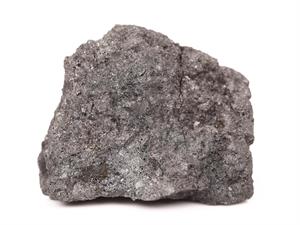PDF chapter test TRY NOW
We know how coal is formed; now, we will see the source of energy, uses, and the products obtained from coal.
Constituent of coal: Carbon
We have seen that carbon is non-metal and is soft in nature, and it reacts with oxygen forming carbon dioxide and heat. This is an exothermic reaction.
\(\Delta\)
The heat from the reaction can be converted to other forms of energy. Coal, when heated in the absence of oxygen, is called destructive distillation of coal, and the products obtained are coal tar, coal gas and coke.
Coke properties and uses:
 |
Natural coke
- Coke is grey in colour and hard.
- It is more expensive than coal.
- They have properties such as high carbon content, highly porous and high strength.
- They also contain moisture, sulphur, phosphorous and alkalies.
- They produce more heat compared to coal, and also, no smoke is seen on burning coke.
- Coke is used in the manufacturing of steel and as a reducing agent in the extraction of metals.
Coal tar properties and uses:
 |
Coal tar
- Coal tar is a byproduct in the production of coke.
- It is a highly dense liquid and is black in colour with an unpleasant smell.
- Carbon compounds such as benzene, aniline, anthracene, phenol, toluene, etc. are present in coal tar.
- The presence of carbon compounds make it useful in manufacturing many substances such as dyes, perfumes, paints, naphthalene balls, metalling roads, etc.
Coal gas properties and uses:
- Coal gas is a byproduct in the production of coke, and its yield can be increased when hot coke reacts with steam.
- It is a flammable gas and is produced when heated strongly in the absence of air.
- It contains mainly hydrogen, methane and carbon monoxide.
- It is used in lighting, heating and an illuminant.
- It is easily transported to long distances through pipelines.
